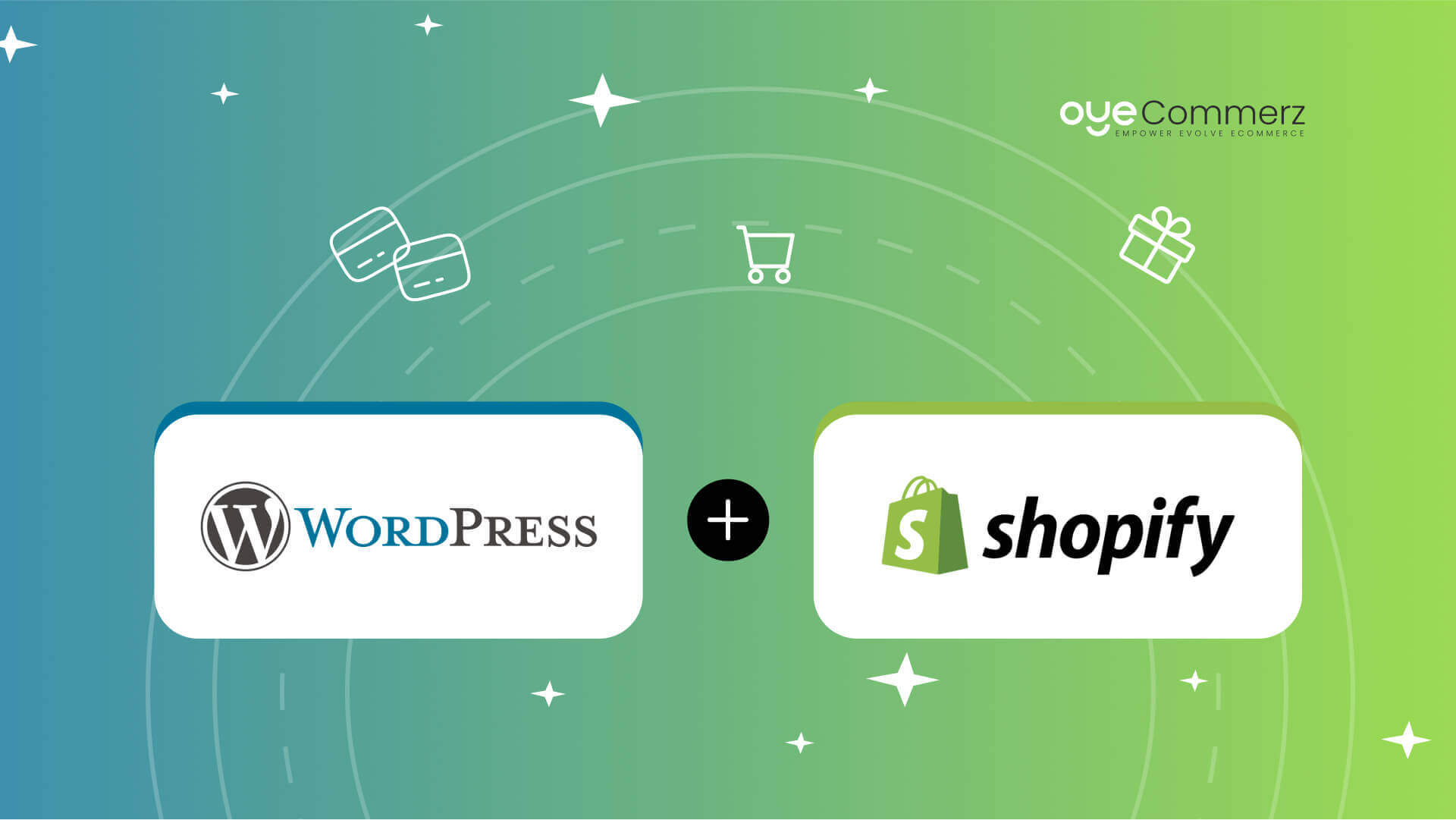Transitioning from WP to Shopify marks an exciting step in optimizing your e-commerce processes. As businesses expand, choosing a solution that aligns with growth potential, user experience, and customization is essential. Shopify is widely recognized as a favorite for e-commerce professionals, offering superior flexibility, data protection, and ease of use. In this guide, we will delve into why this migration is a game-changer, highlight the benefits, and provide practical tips to ensure a smooth move.
1. Top Reasons to Transition from WP to Shopify
The combination of WordPress and WooCommerce, has served countless e-commerce platforms. However, as companies expand, issues like plugin dependency, data risks, and complex setups can hinder progress. Shopify, designed explicitly for digital retail, eliminates these issues with an comprehensive, user-friendly platform. Statistics supports this transition—Shopify powers over 4.4 million websites worldwide, with a reported 10% boost to sales performance for many businesses post-switch.
2. Key Benefits of Shopify for E-commerce Success
Shopify’s powerful platform is tailored for scaling brands. Its standout features include:
- Seamless Customization: Shopify provides over 80 professionally designed themes.
- Built-in Features: Features like Shopify Payments and integrated SEO save time and effort.
- International Expansion: Multi-currency support and regional customization enable businesses to expand internationally.
Additionally, Shopify delivers an availability percentage of 99.98%, ensuring your store remains accessible.
3. Preparing for WP to Shopify Migration
Prior to starting the migration process, assess your current store. Analyze inventory details, client information, and search engine rankings. Resources such as Shopify’s Migration Kit or external tools help ease the transition. Create a detailed strategy, making sure all resources—product descriptions, images, and blog content—are ready for seamless import.
4. Data Migration: A Critical Step
Transferring your data forms the foundation for a smooth platform switch. When migrating from WordPress to Shopify, prioritize:
- Inventory Details: SKU, item summaries, and groupings.
- Customer Data: Emails, order history, and preferences.
- SEO Optimization: Retain meta tags, URLs, and forwarding paths to avoid SEO losses.
Leverage apps like LitExtension to facilitate seamless migration while minimizing errors.
5. Tailoring Your Shopify Store to Fit Your Brand
After the move, personalizing your Shopify store ensures it reflects your brand. Utilize Shopify’s intuitive page builder to design pages effortlessly. Shopify's templates are mobile-responsive, providing a seamless UX across platforms—a key point, since 74% of online shopping is generated by mobile visitors.
6. How to Protect Your SEO Rankings When Switching Platforms
SEO is vital for preserving your online presence during migration. Shopify is highly optimized for search engines with clean URL structures, preloaded features, and smooth content management. Ensure:
- Set up URL forwarding for existing links.
- Optimize new Shopify store launch services pages with targeted phrases.
- Leverage plugins like Plug in SEO to monitor performance after the switch.
7. Post-Migration Testing
After finishing the transfer, conduct thorough testing.
Check:- Page load times (Shopify delivers faster speeds in contrast with WordPress).
- Functionality of payment gateways and transaction flow.
- Mobile responsiveness.
Testing guarantees your store delivers a seamless shopping experience from the start.
8. Case Study of a Successful Migration
An example of effective platform switching is Gymshark, a sportswear company that moved to Shopify. Post-migration, the company experienced a 60% increase in mobile sales and significantly lowered site downtime. This highlights the potential of Shopify in driving online business success.
9. Overcoming Common Migration Issues
Migration comes with challenges, such as data integrity and adjusting tailored features. However, Shopify’s robust support and third-party experts make overcoming these hurdles manageable. Partnering with qualified Shopify developers ensures a smooth transition.
10. Making the Switch: The First Step Toward Success
Switching from WordPress to Shopify represents a strategic approach to e-commerce. By focusing on growth, streamlining operations, and enhancing the customer experience, Shopify empowers businesses to succeed in competitive markets.
Conclusion
Transitioning from WP to Shopify offers a smart solution that can significantly boost your online business performance. With a well-structured strategy, the appropriate resources, and professional guidance, you can achieve new success milestones.
Ready to make the leap? Let’s discuss how our Shopify migration services can transform your online store. Get in touch today, or ask yourself: Can your business afford to miss out on Shopify’s growth Shopify data transfer services potential?

Comments on “Effortless Transition from WP to Shopify: A Comprehensive Roadmap for E-commerce Growth”